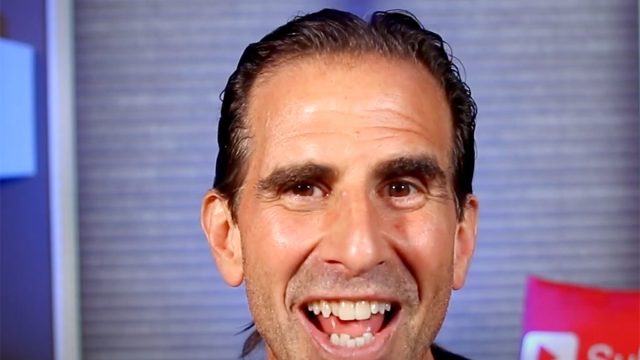2 Secrets To Getting In Shape Fast Over 50
Do you want to get in shape without having to make massive changes to your diet and workout routine? Mike Cola is a fat loss and fitness coach with over 37 years of experience as a gym owner in New York and an exercise physiologist certified by the American College of Sports Medicine. In a new viral YouTube video, he reveals "tips for being healthy and fit" after 50. "I'm gonna go with the two most important factors to improving your health and your fitness," he says.
He Has Two Tips to "Dramatically" Help Your Health Journey
"What's the best way to improve your health and fitness? There are two tips I'm gonna give you in this video that's gonna dramatically help your journey on improving your health and your fitness," Cola says in his video.
Tip 1: Be Consistent
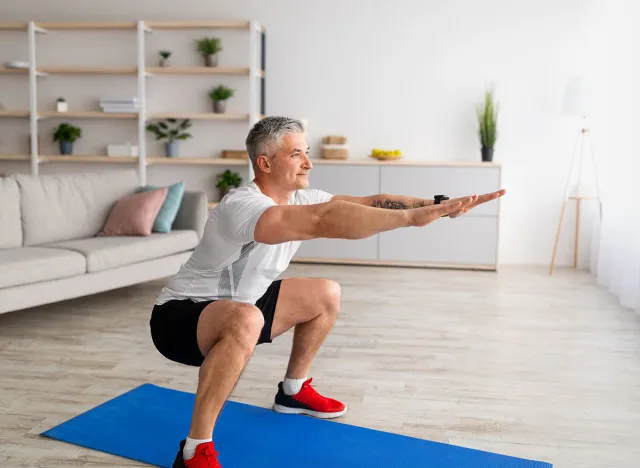
"Now, the first tip is the most important factor. You have to be consistent," he says. "There's so many different ways to exercise. There's so many different diets to go on. You, no matter whatever one you pick, you just have to be consistent."
Pick an Exercise Program and Stick with It
"For example, if you pick the simplest exercise program to go on, like say for example, you're gonna say, 'I'm gonna come home from work every day. I'm gonna do 20 jumping jacks. I'm gonna do 10 pushups, I'm gonna do 20 bodyweight squats, and I'm gonna do a 32nd plank,'" he says.
It Can Be Short and Simple
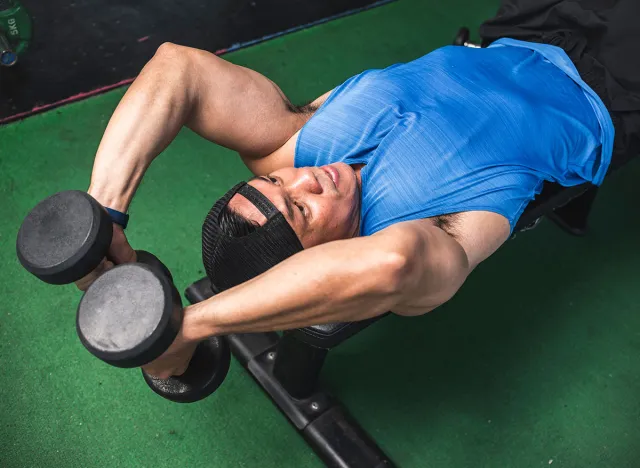
"That routine's gonna take you five to seven minutes. But if you did that every single day for three months, your life's gonna be changed and there's gonna be a dramatic difference in your health and your fitness," he says.
Not Being Consistent Is the "Biggest Mistake" People Make
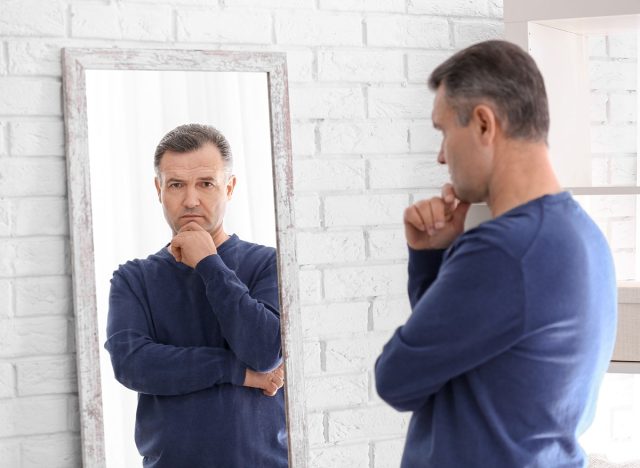
"That's the biggest mistake I find people make. They're just not consistent," he says. "And then they mostly take on too much."
Tip 2: Give It 100 Percent
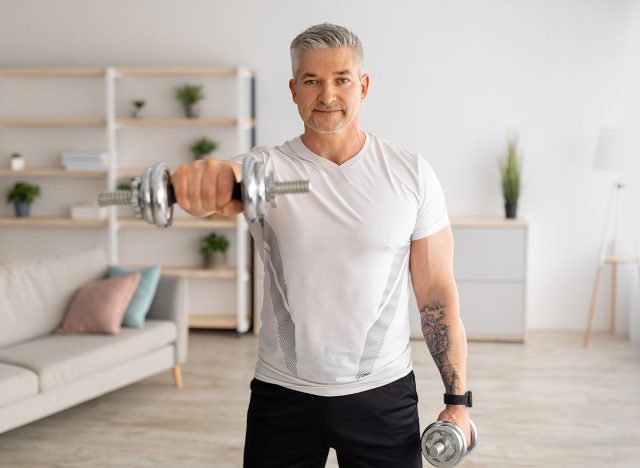
His other "incredibly important rule" is "whatever exercise or diet program you go on that you decide to do, you have to be 95 to 100% percent sure you are gonna do it," he says.
Don't Set Unrealistic Goals
There's one caveat: Don't set unrealistic goals. "Don't read an exercise book and watch YouTube videos and, and write down this 90-minute routine that you're gonna do four or five times a week," he says.
Keep It Simple, Short, and Consistent
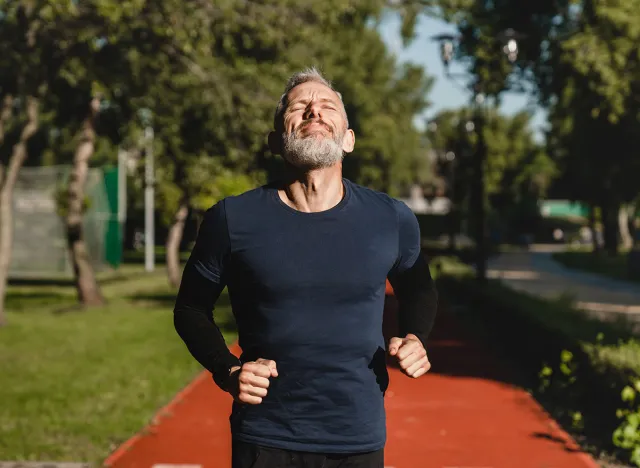
"Whatever you decide you're gonna do when it comes to eating right or when it comes to exercising, you have to be positive you're gonna do it," he says. "So my recommendation is to keep it simple, keep it short, and keep it consistent. You can do it."
Create Momentum
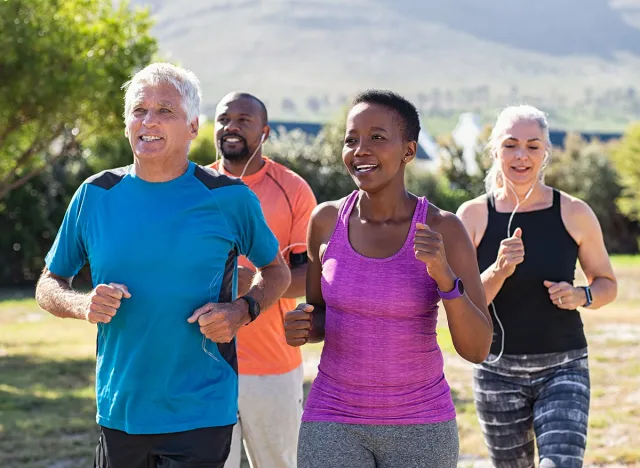
He explains that you should "create momentum," by giving yourself five or 10 minutes a day to exercise. For example, take a 10 minute walk, come back, and do 20 jumping jacks, 10 pushups, hold a plank for 30 seconds. "You're talking about a 15 minute exercise routine and say, I'm gonna do this routine," he says.
Set Specific Days to Exercise
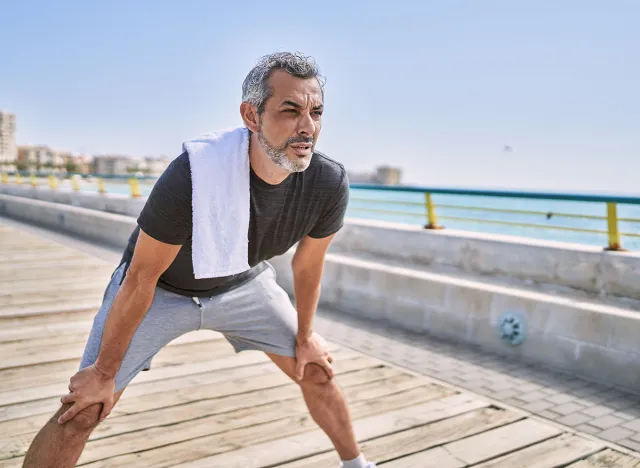
Also, set specific days that you will exercise. "If I'm not 95% sure I can do that every day, I'm gonna do this routine three days a week, Monday, Wednesday, Friday, 15 minutes," he says.
You Will See Results in Three to Six Months
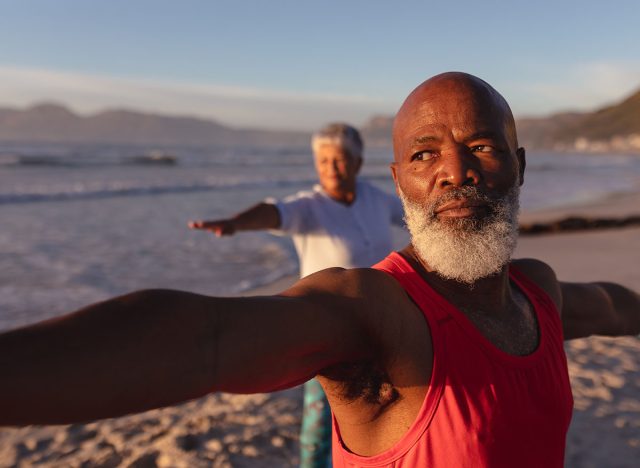
"I'm telling you, in three to six months, you're gonna be a different person. You can do it. You have to be consistent, and you have to be 95 to 100% sure that you're gonna follow through with your exercise and your diet program," he says.
Bottom Line: Be Consistent and Confident
"That's the secret to this whole game of being fit and being healthy," he concludes. "Consistency and being sure you're gonna do it well." And if you enjoyed this article, don't miss 12-3-30 Walking Method: 20 Proven Tips to Lose Weight Faster.
